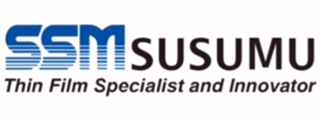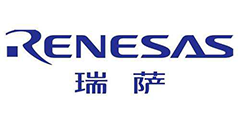Intel Banks on Artificial Intelligence
Last year, Intel Corp. acquired neural-network hardware maker Nervana and built Nervana’s chip, integrating it with Intel’s own on-processor deep-learning and artificial-intelligence (AI) capabilities. This month, Intel Capital invested in AI startups CognitiveScale, Aeye Inc., and Element AI. At the ISC High Performance conferencethis week. Intel fellow Pradeep Dubey outlined the big picture for Intel’s growing AI portfolio.
Intel is investing in AI startups, acquiring others, and blending the mix with its own AI expertise to ensure a leadership position in machine learning, deep learning, and brainlike neural networks based on its AI hardware and software. The company is aiming at all applicable industries, from drug screening with the Xeon Phi to software-defined visualization with its graphics hardware, Dubey said. Intel is also re-architecting its Xeon family for AI by including Altera’s field-programmable gate arrays on chip, he said.
CognitiveScale’s augmented intelligence
The bottom line on Intel’s investment in CognitiveScale is to tap the latter’s expertise, backed by more than 100 patents, on what the startup calls the first industrial-grade “augmented intelligence” software. CognitiveScale defines augmented intelligence as a model of cognition that allows computers to replicate human mental abilities. The goal of its software is to augment human memory, perception, anticipation, problem-solving, and decision-making.
The cognitive software’s deep-learning capabilities are “always on,” allowing it to improve continually by learning from its past experiences of what worked and what did not in six iterative steps: understanding, using a semantic engine that can derive meaning from data and user interactions; interpretation, by representing semantic meaning through both deterministic and probabilistic knowledge graphs; reasoning, using domain-optimized contexts that personalize advice; learning continuously in real-time by comparing historical data with current user interactions; assurance, by maintaining compliance with humanlike principles of responsible risk management; and repeating the process.
Element AI’s new world
Perhaps the most enigmatic of the AI startups in which Intel Capital has invested is Element AI, which claims to be conjuring an “AI-First World” that “elevates collective wisdom.” The year-old startup hasn’t detailed its techniques but says it is amalgamating knowledge from entrepreneurs, technology leaders, and academia. The aim, according to Element AI, is to translate the world’s most important AI research into “transformative business applications” that will be personalized for the needs of particular companies. Element AI has coined the term called AI-as-a-Service (AIaaS) to describe its technology, which it plans to keep in-house.
AEye’s vision
AEye, on the other hand, develops vision algorithms for vehicles, plus the hardware and software to execute them optimally. Its patented approach emulates human eyes and the brain’s visual cortex to make autonomous vehicles visually “smart.” Using solid-state LiDAR scanners, AEye claims to have achieved a variety of breakthroughs in intelligent sensing and perception technology.
在线留言询价

Intel, Facebook working on cheaper AI chip
- 一周热料
- 紧缺物料秒杀
| 型号 | 品牌 | 询价 |
|---|---|---|
| CDZVT2R20B | ROHM Semiconductor | |
| BD71847AMWV-E2 | ROHM Semiconductor | |
| MC33074DR2G | onsemi | |
| RB751G-40T2R | ROHM Semiconductor | |
| TL431ACLPR | Texas Instruments |
| 型号 | 品牌 | 抢购 |
|---|---|---|
| STM32F429IGT6 | STMicroelectronics | |
| ESR03EZPJ151 | ROHM Semiconductor | |
| TPS63050YFFR | Texas Instruments | |
| BP3621 | ROHM Semiconductor | |
| IPZ40N04S5L4R8ATMA1 | Infineon Technologies | |
| BU33JA2MNVX-CTL | ROHM Semiconductor |
- 周排行榜
- 月排行榜
AMEYA360公众号二维码
识别二维码,即可关注


请输入下方图片中的验证码:
























